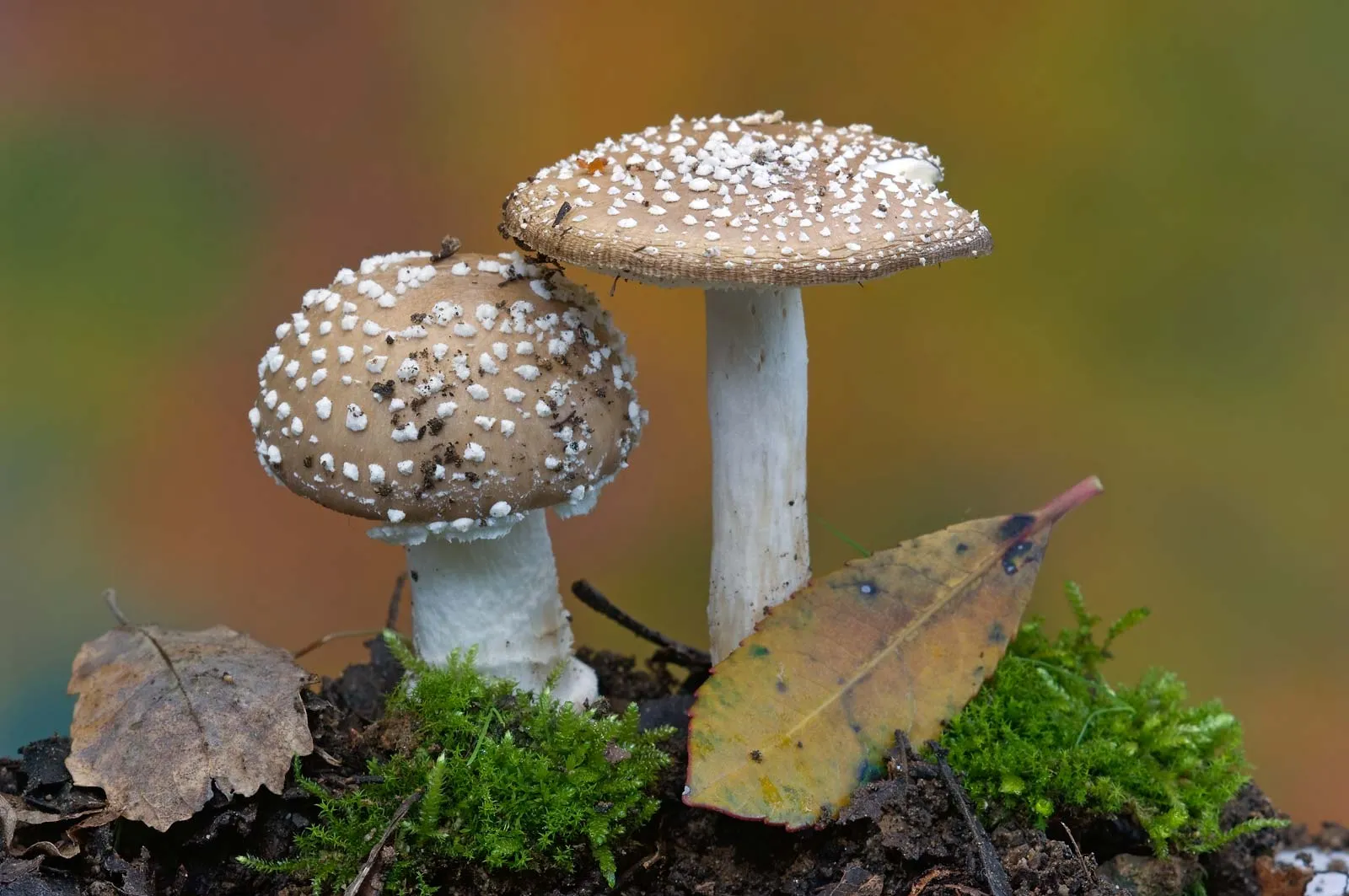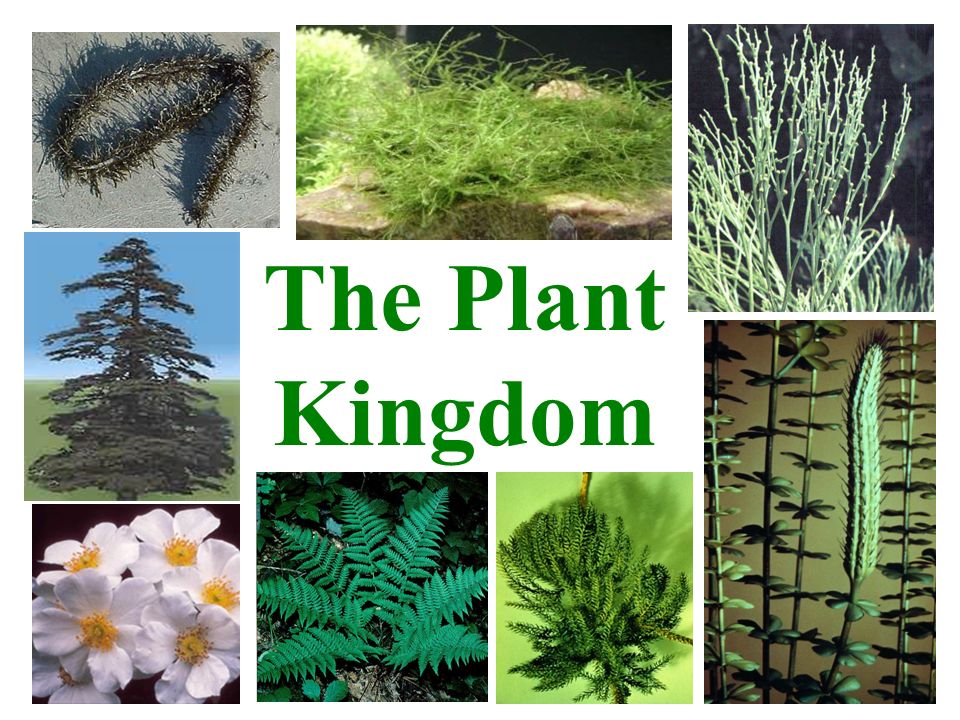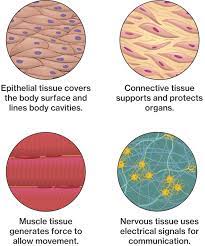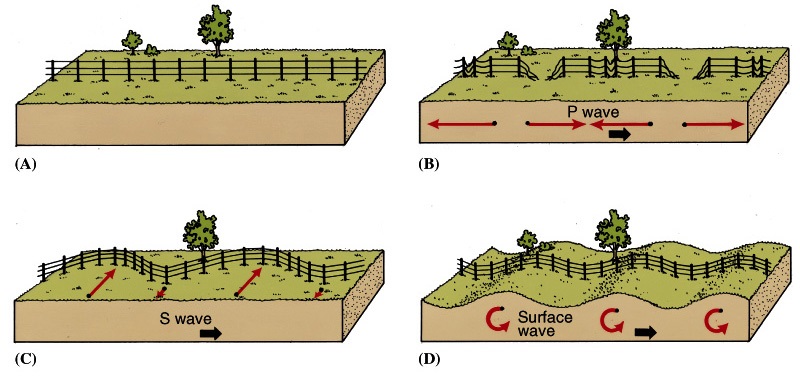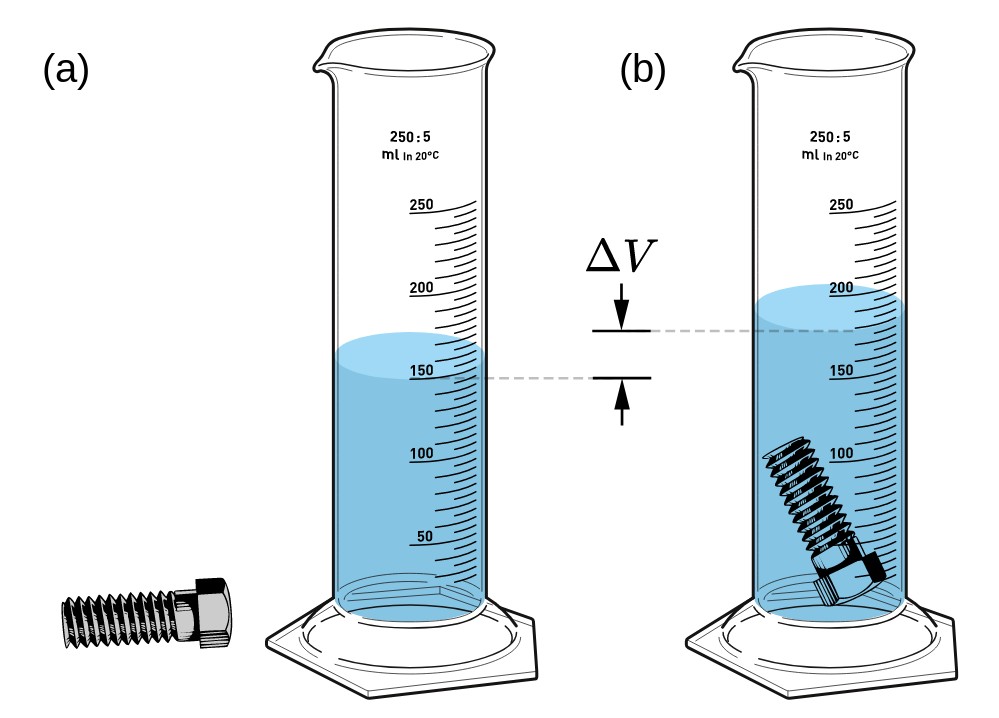Mitosis
The cell is the basic unit of life. All living things are made out of them. Cells come from other cells. The way that cells divide is through mitosis. Mitosis is the process by which a cell duplicates itself, producing two identical daughter cells. This process is essential for the growth and repair of tissues […]

